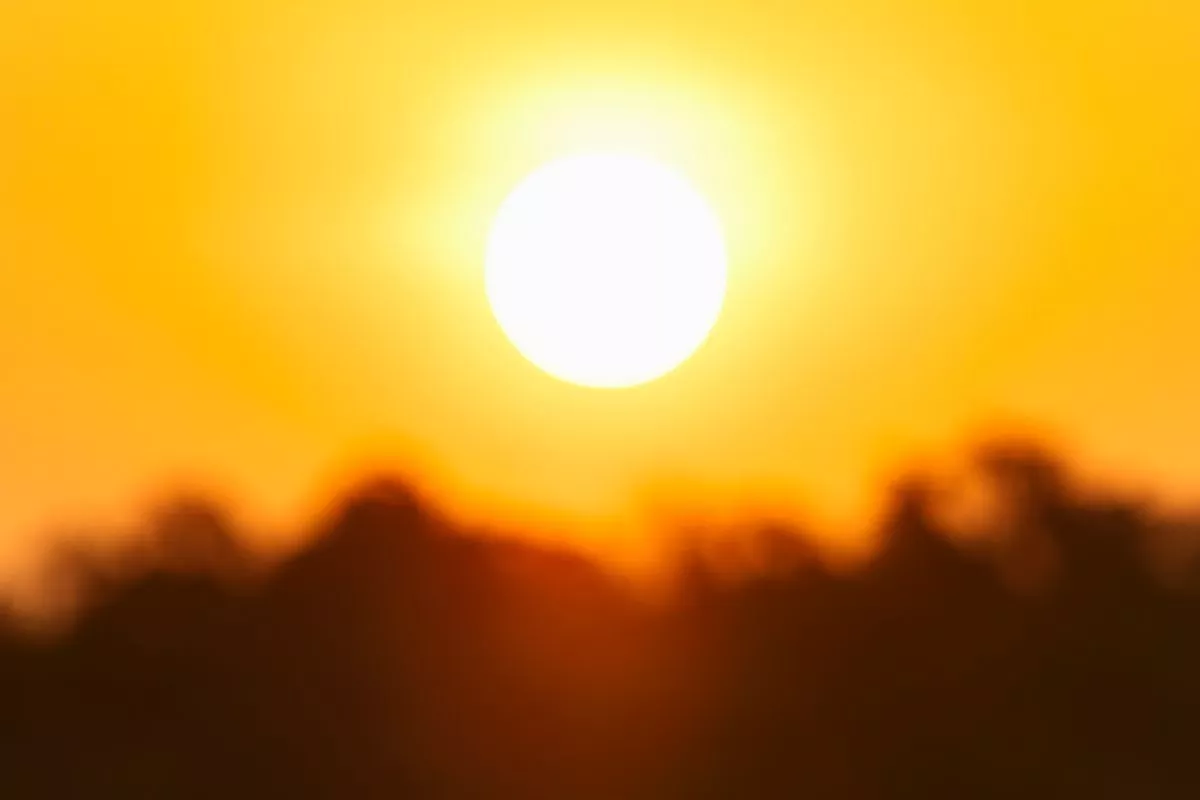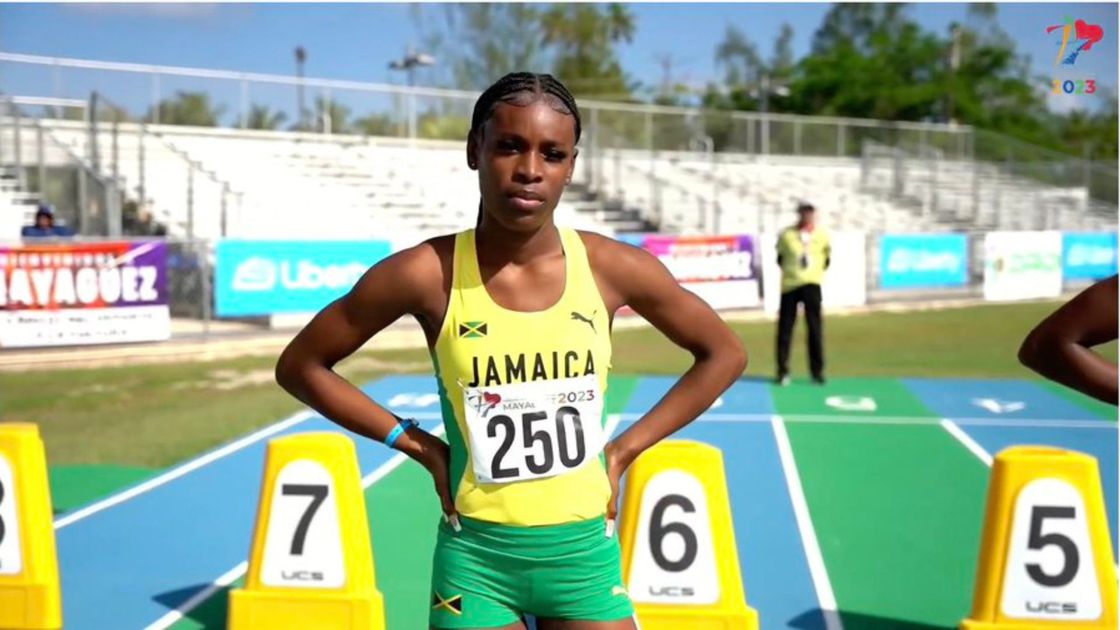Scientists say the sun has reached its ‘solar maximum’, increasing the chances of spectacular aurora displays for the next year
The Met Office has made a bold prediction about future Northern Light displays in the UK after a ‘once-in-decade’ event took place. The meteorological body said NASA had confirmed the sun had reached the period of its ‘solar maximum’, which will continue for the next 12 months.
This happens every 11 years when sun spots and solar activity peaks on the star. The Met Office said this means “an ongoing chance of further space weather activity, and ultimately the potential for aurora visibility here on Earth”.
The aurora borealis, which have been visible over the UK several times in recent months, are caused by solar winds from solar flares or coronal mass ejections (CMEs) colliding with the Earth’s atmosphere. This activity becomes more common at the time of solar maximum making the likelihood of the Northern Lights being seen at more southerly latitudes greater.
Northern Scotland remains the best place to view the aurora in the UK, with Shetland the hotspot But they will become increasingly visible across all parts of the country in the coming months.
Space Weather Manager Krista Hammond is part of the Met Office Space Weather Operations Centre (MOSWOC) and said: “We’re now in the solar maximum phase, which means there’s more frequent sunspots and solar activity in general. While it’s not possible to know precisely what this means for individual Earth-directed solar events, it does mean there will likely be further chances of aurora visibility in the UK in the coming months
“While we’re in the solar maximum phase now, which could last a year, it’s not possible to know exactly when the number of sunspots peaked until some time after it has happened.” In a blog piece, the Met Office said a geomagnetic storm caused by a series of solar flares and CMEs recorded in May was the strongest in two decades.
After solar maximum, activity on the sun will decrease before we reach solar minimum, when sightings of the aurora will become rarer but will not die out for a period. Ms Hammond added: “While the total number of sunspots will start to reduce after solar maximum, we will continue to see space weather throughout the solar cycle, even as overall activity declines. Indeed, in some solar cycles, the larger events can happen as the Sun transitions back towards solar minimum.”



